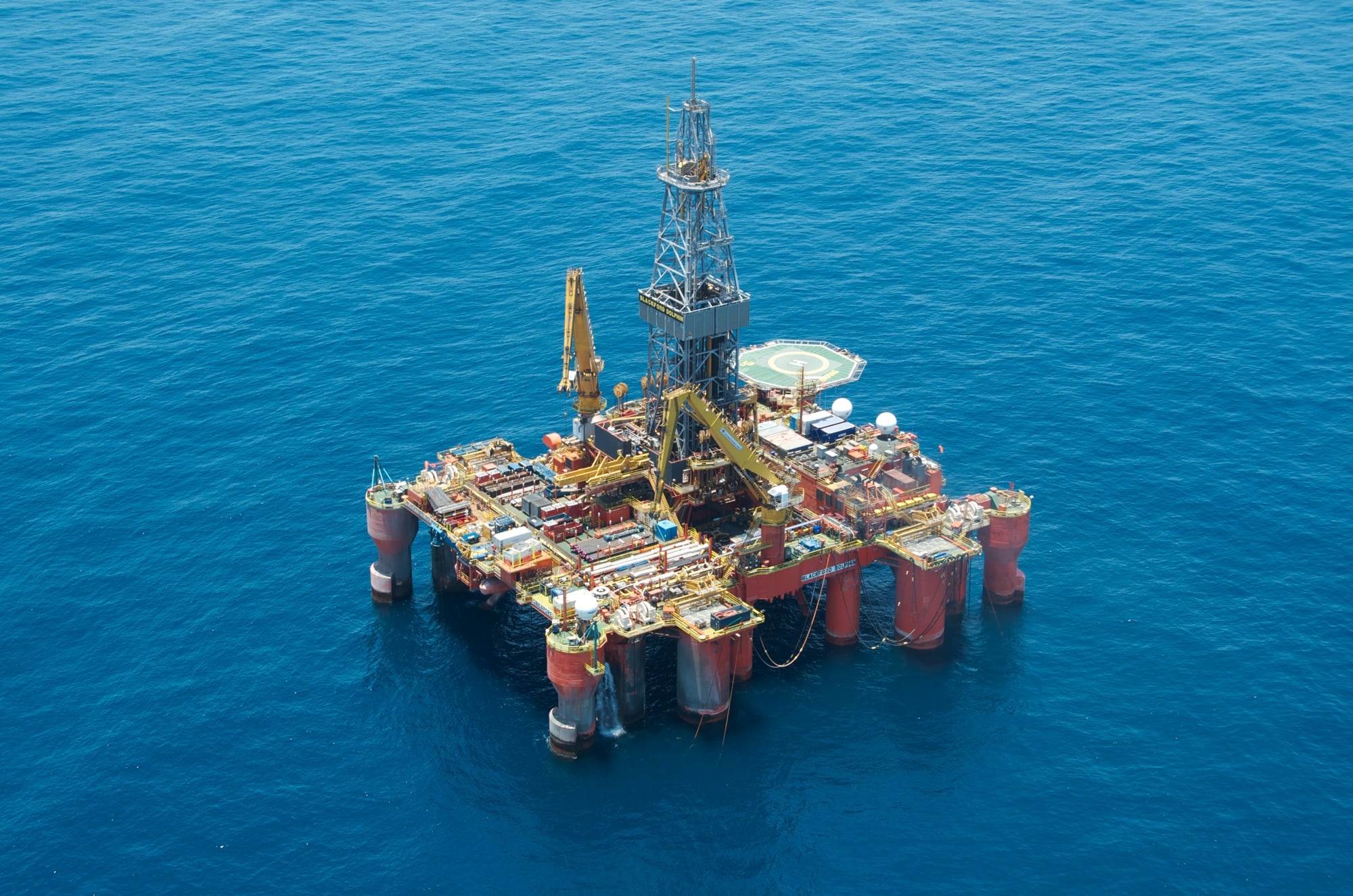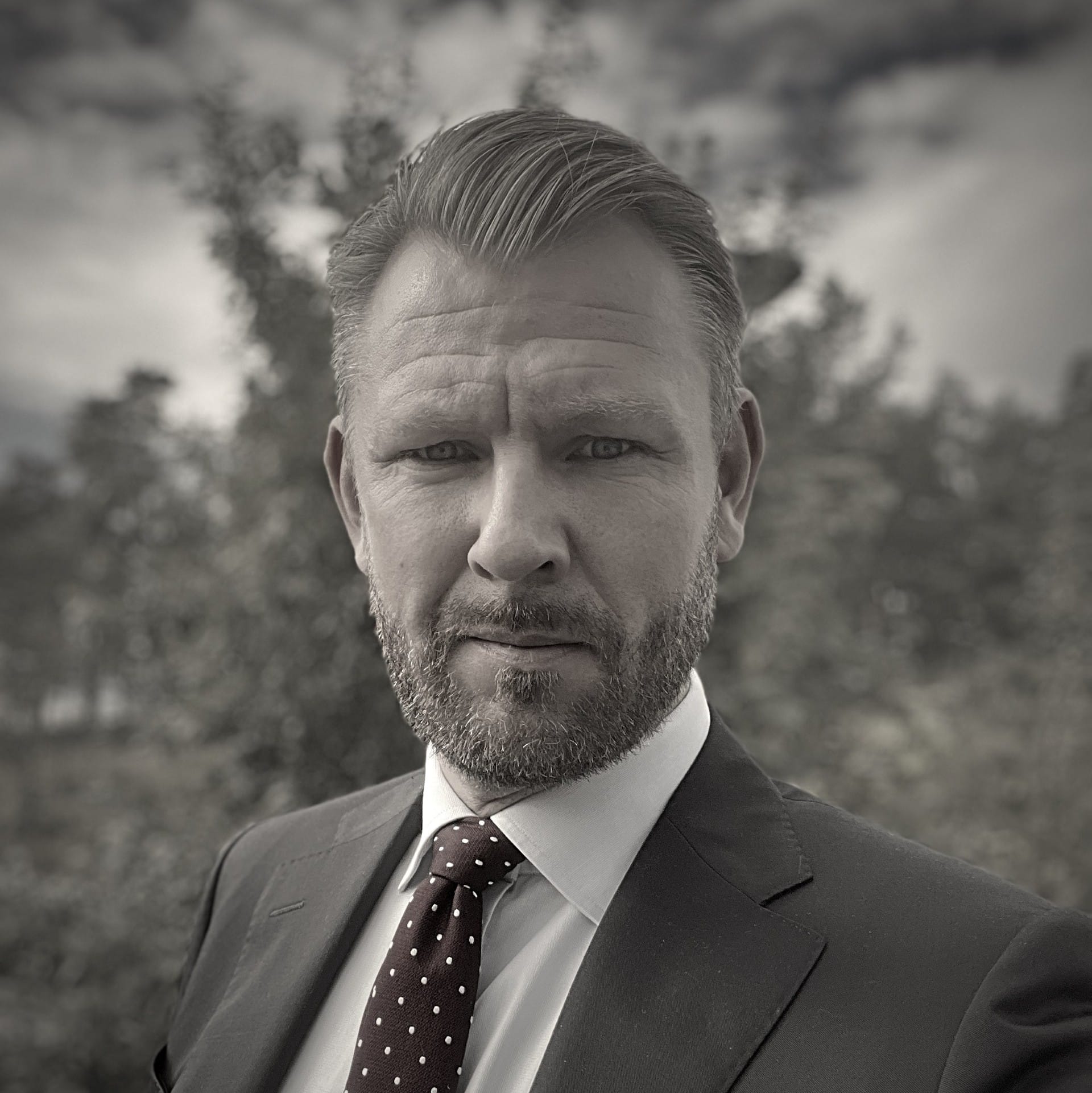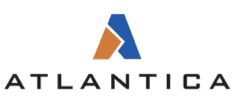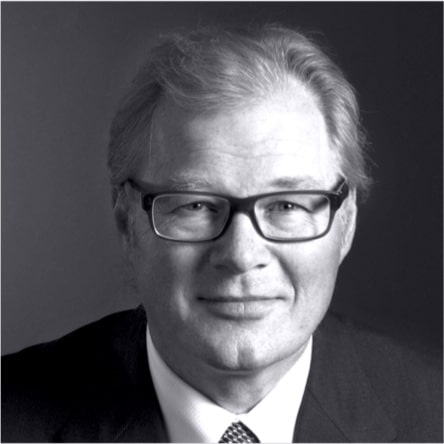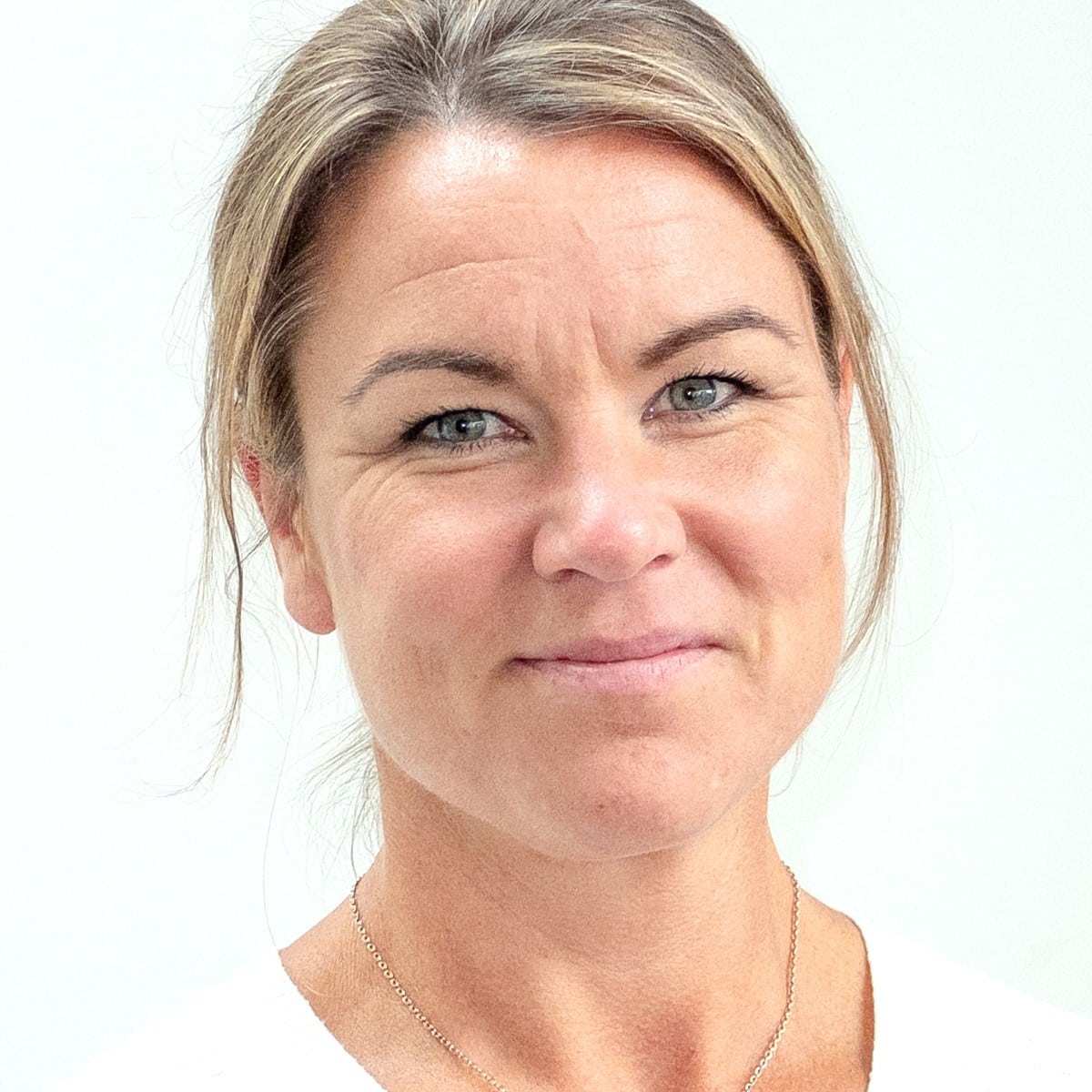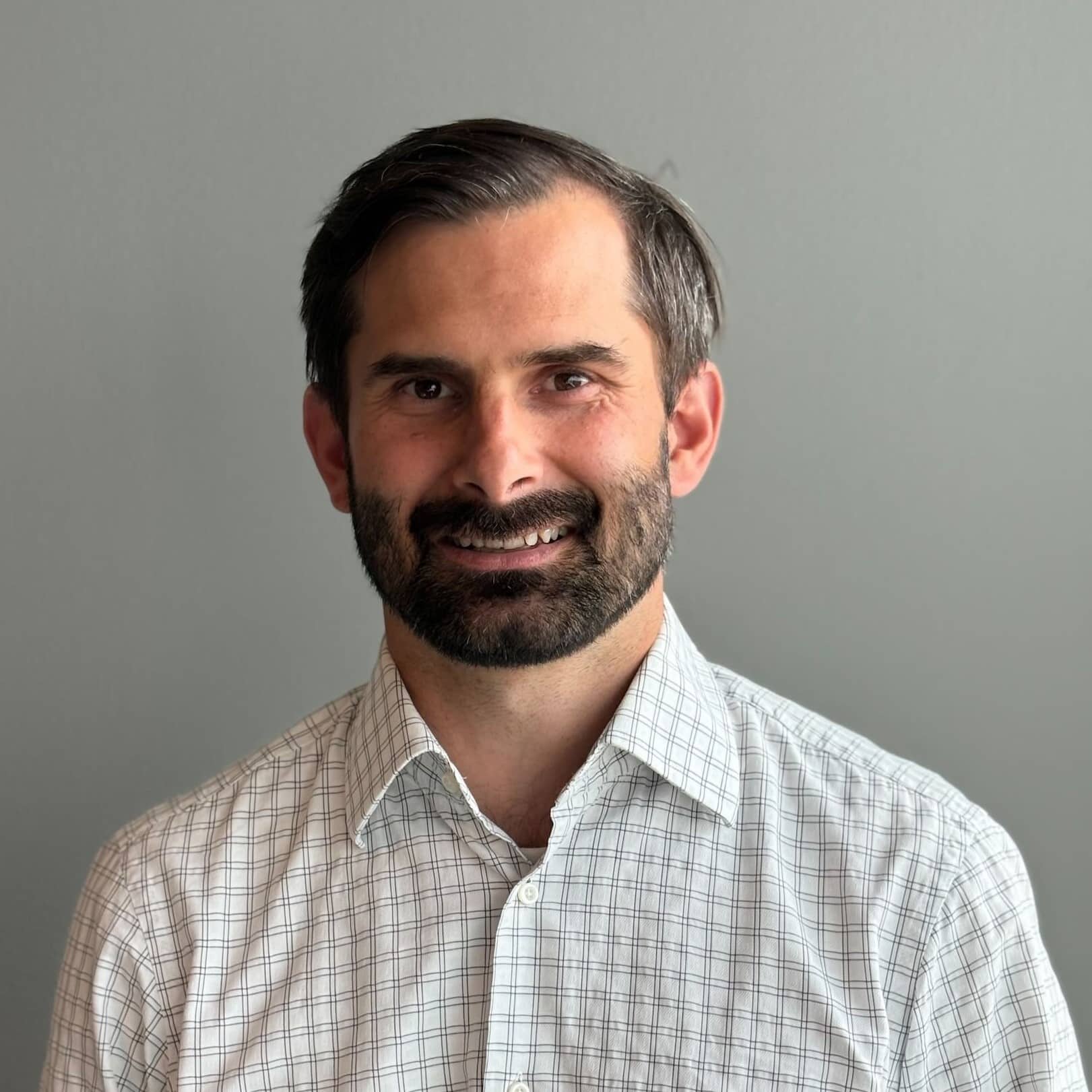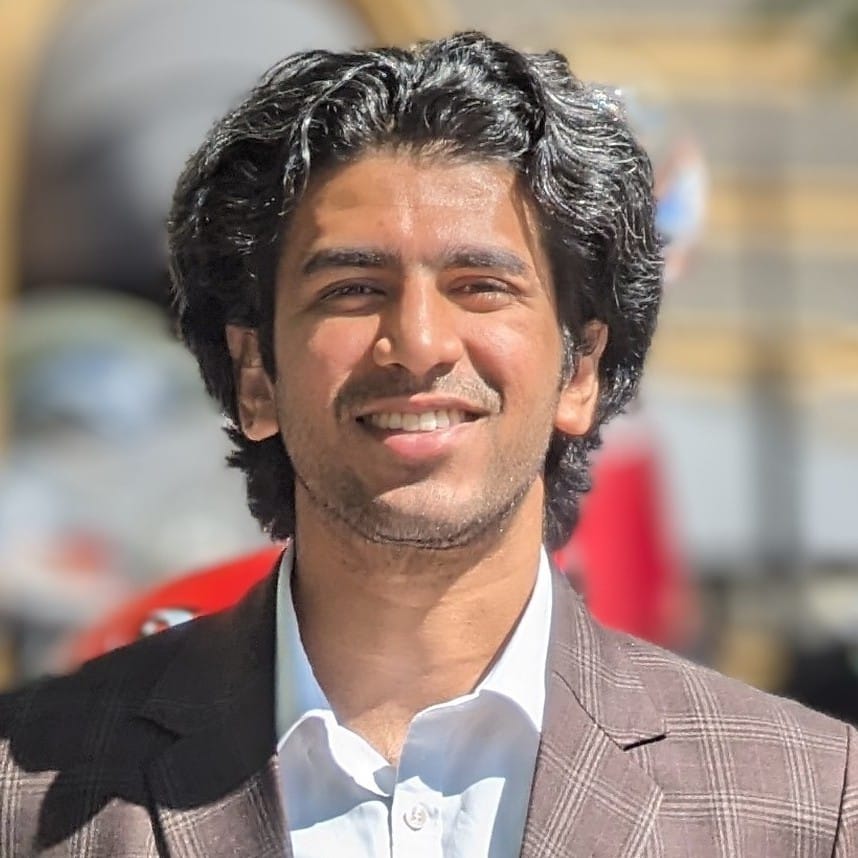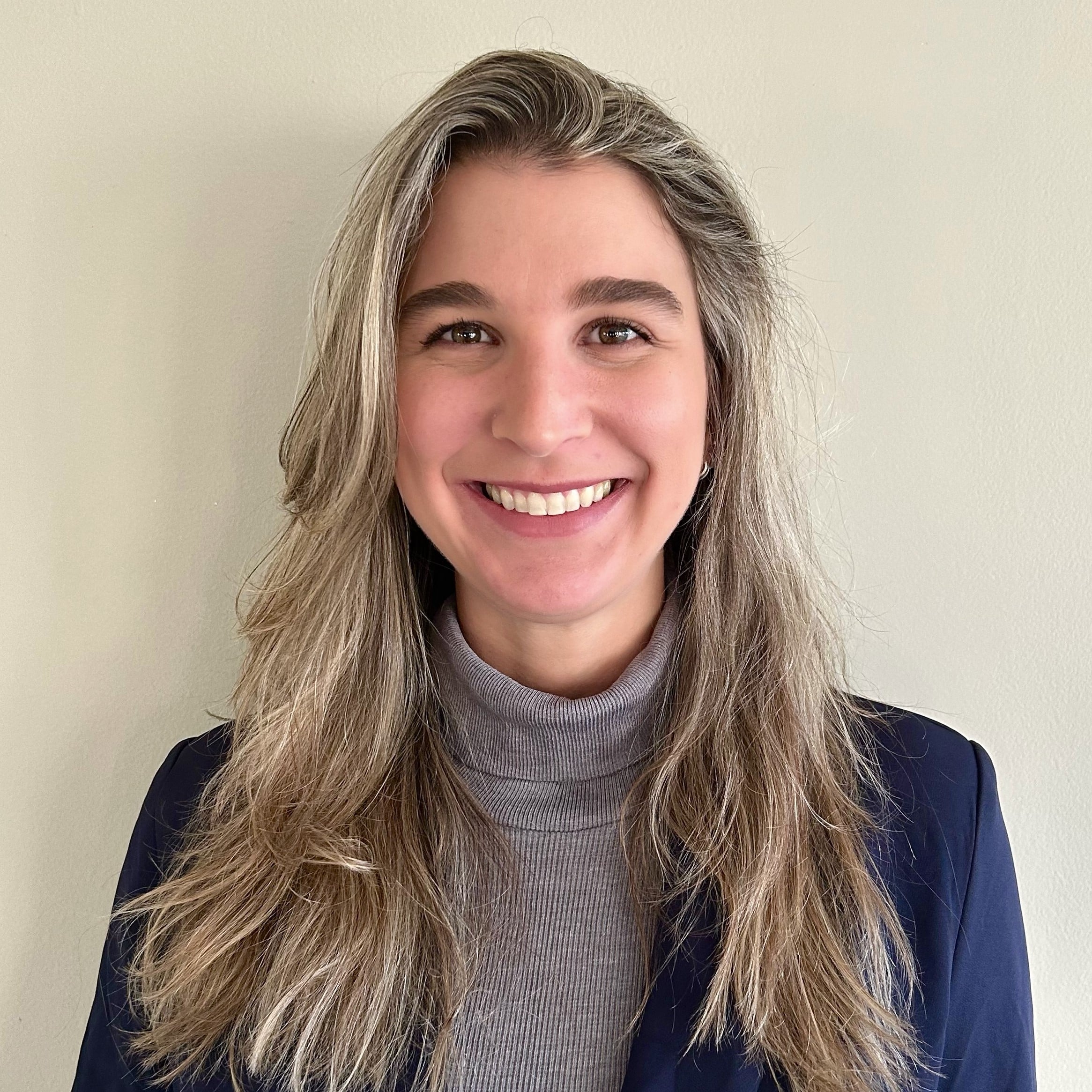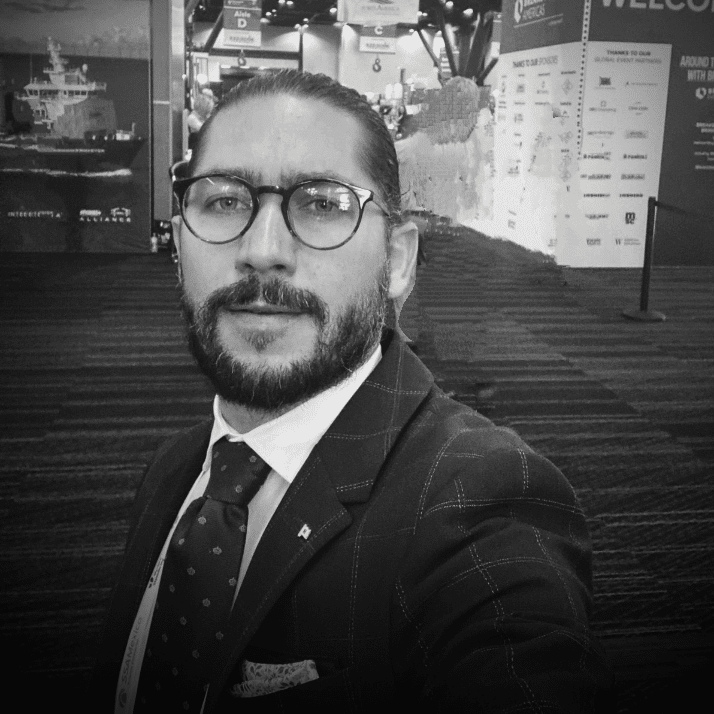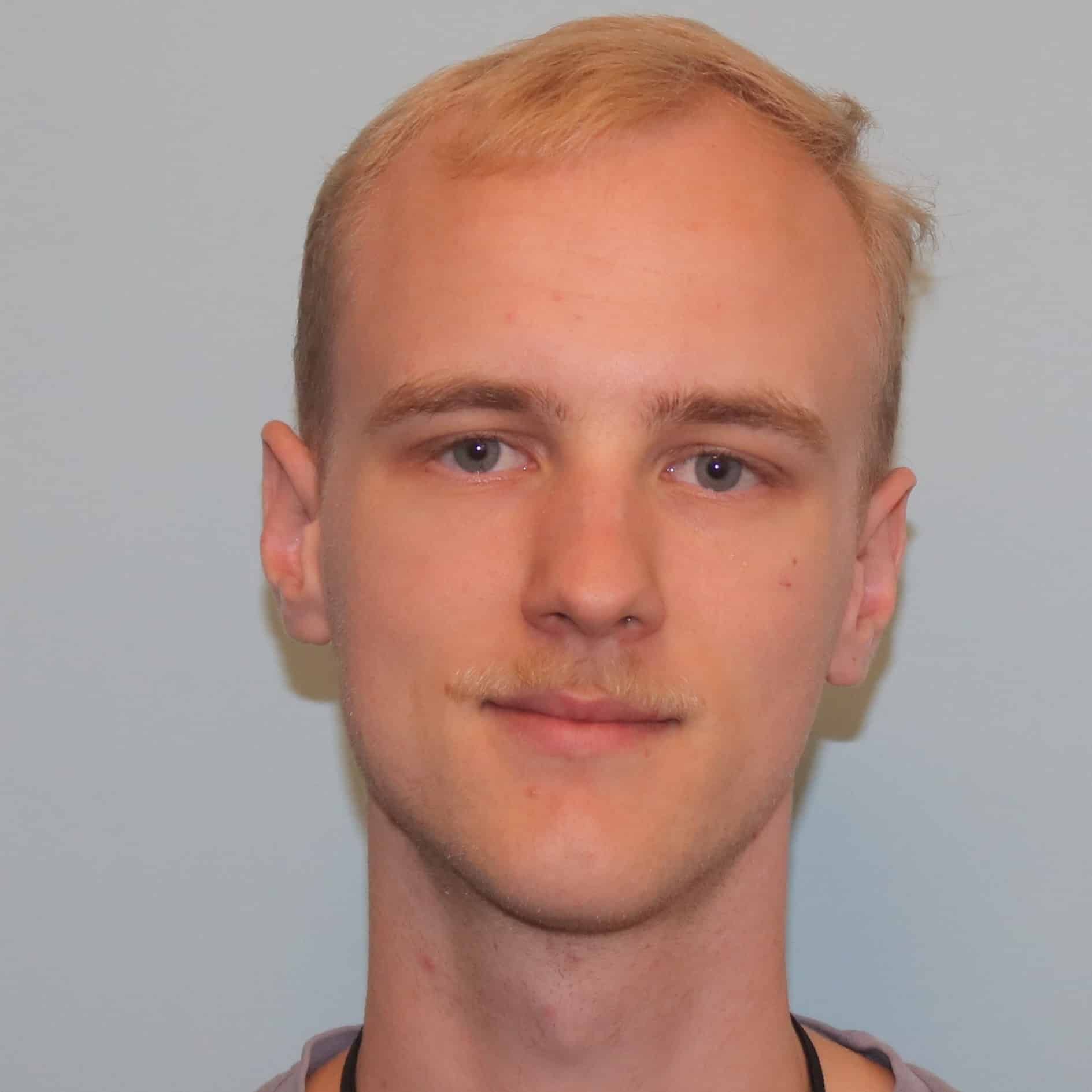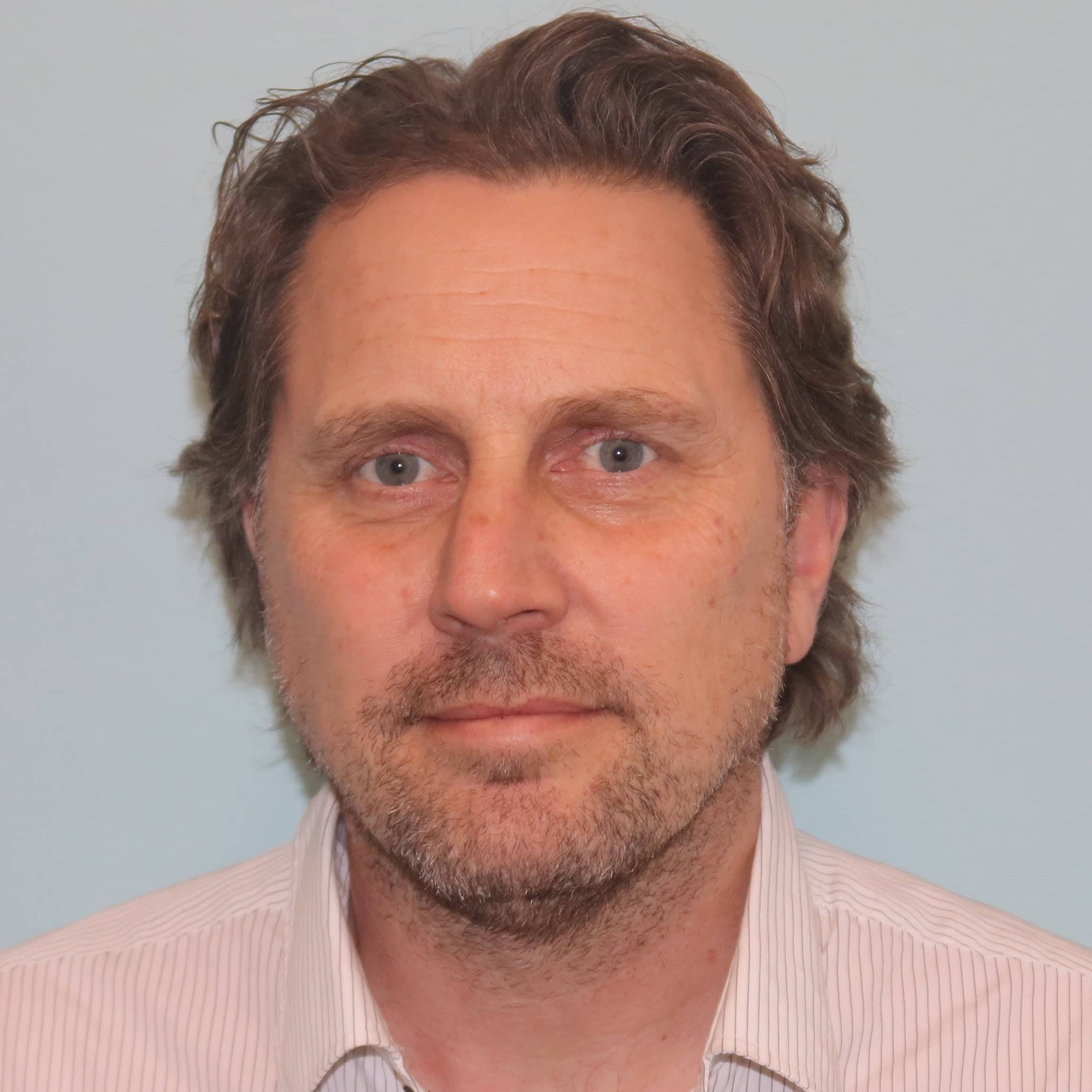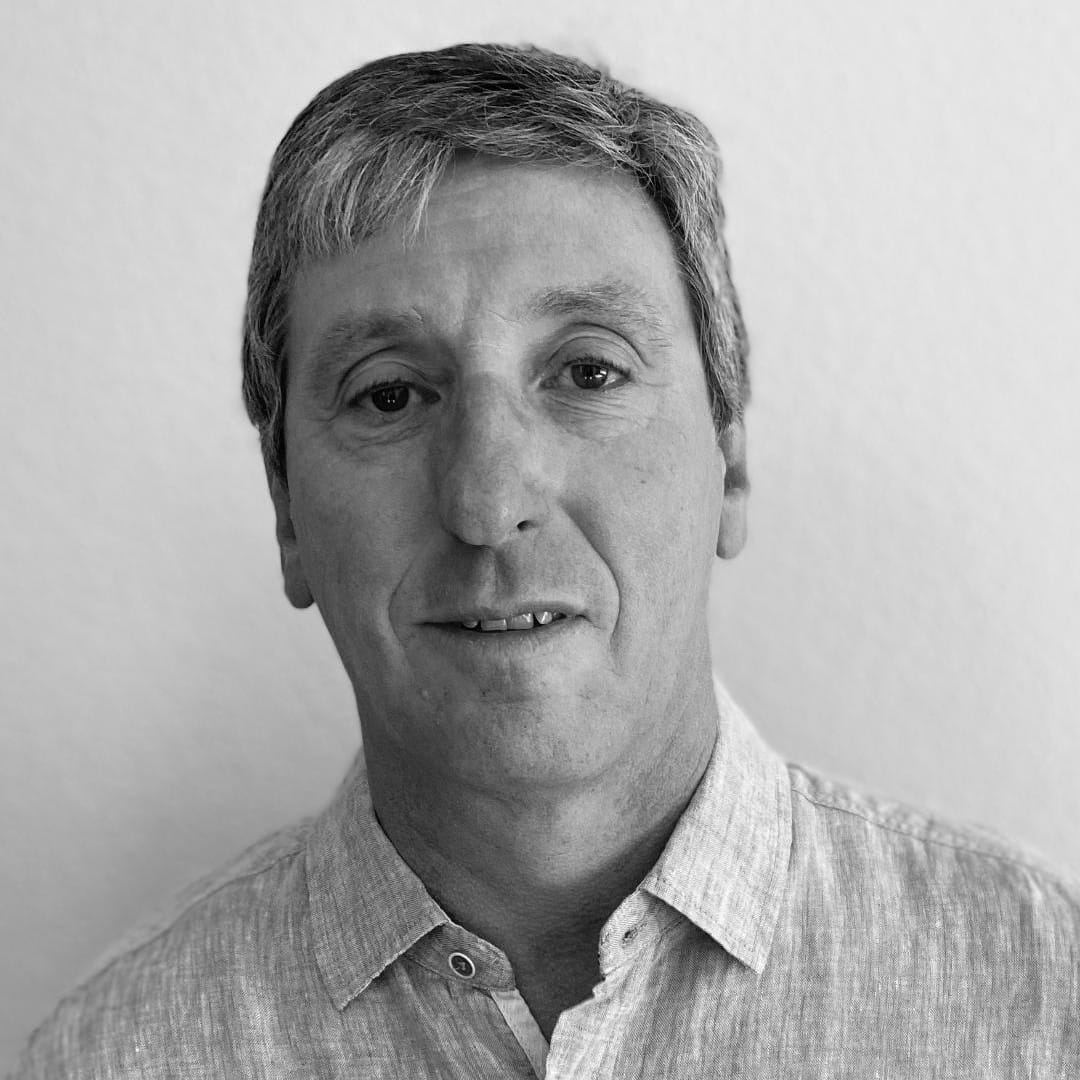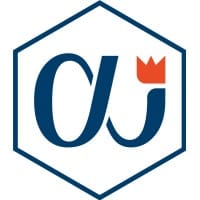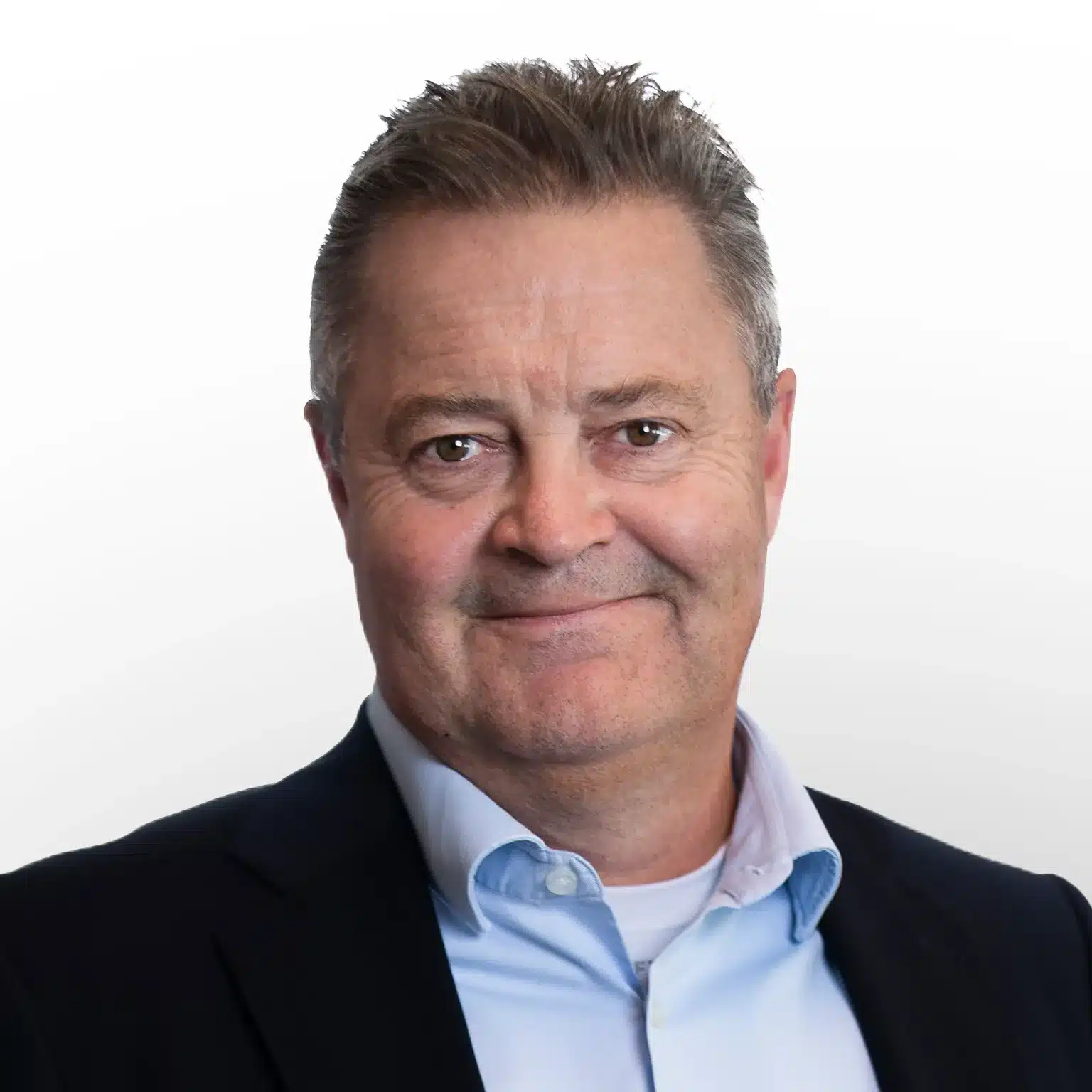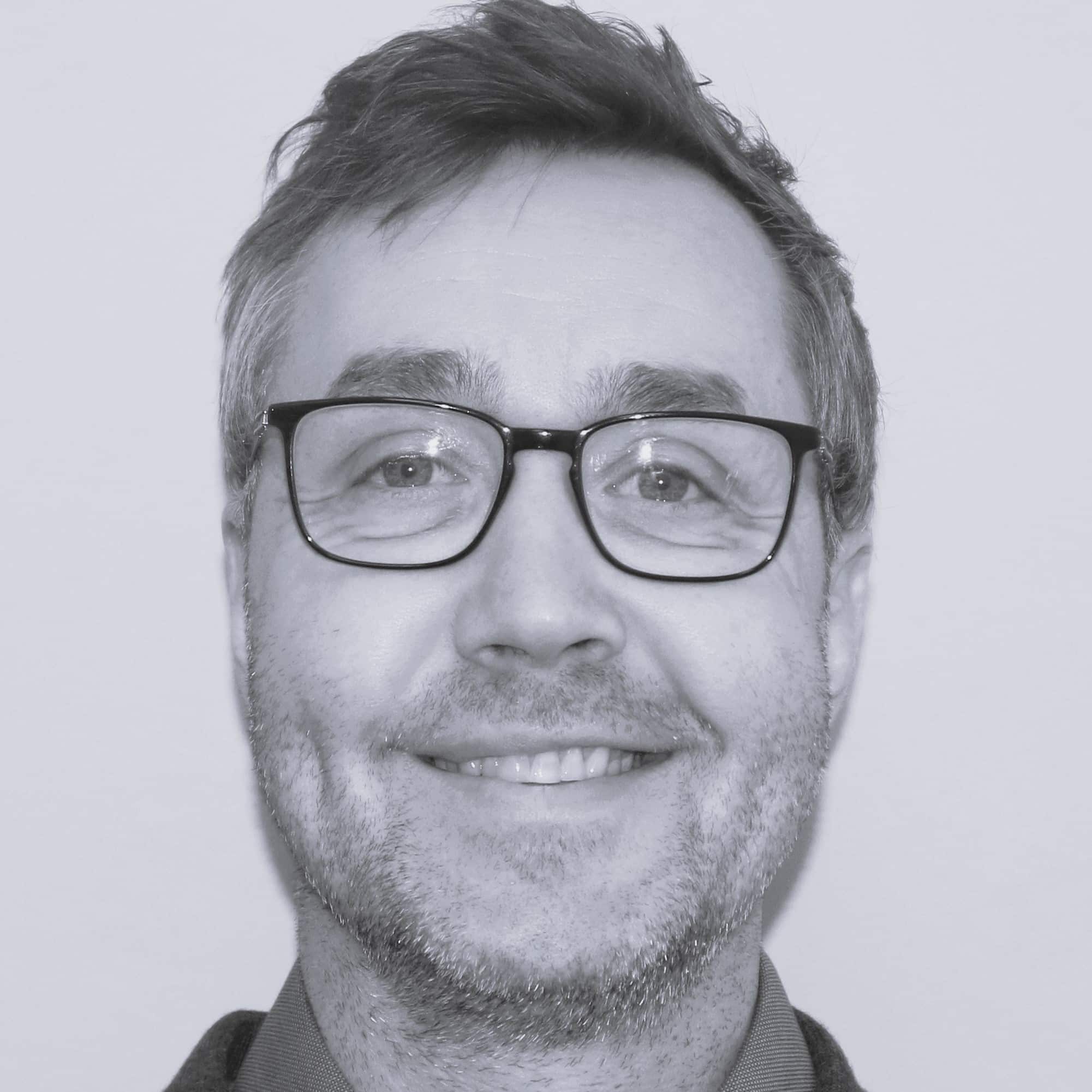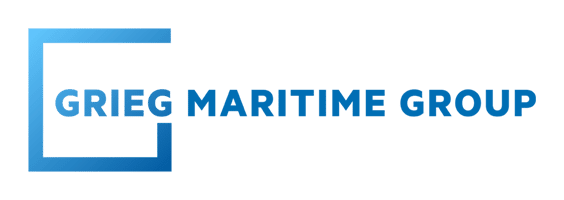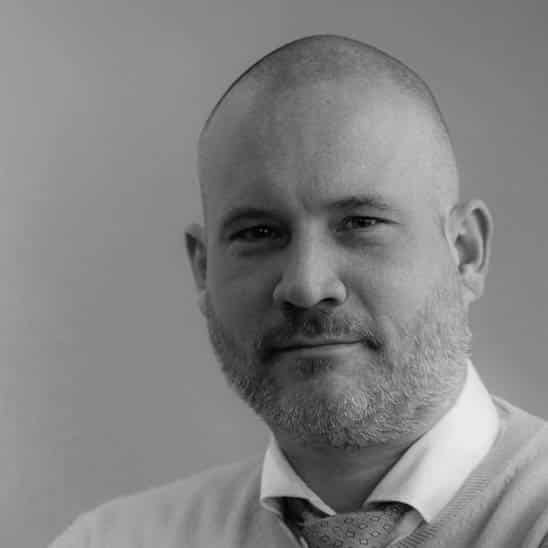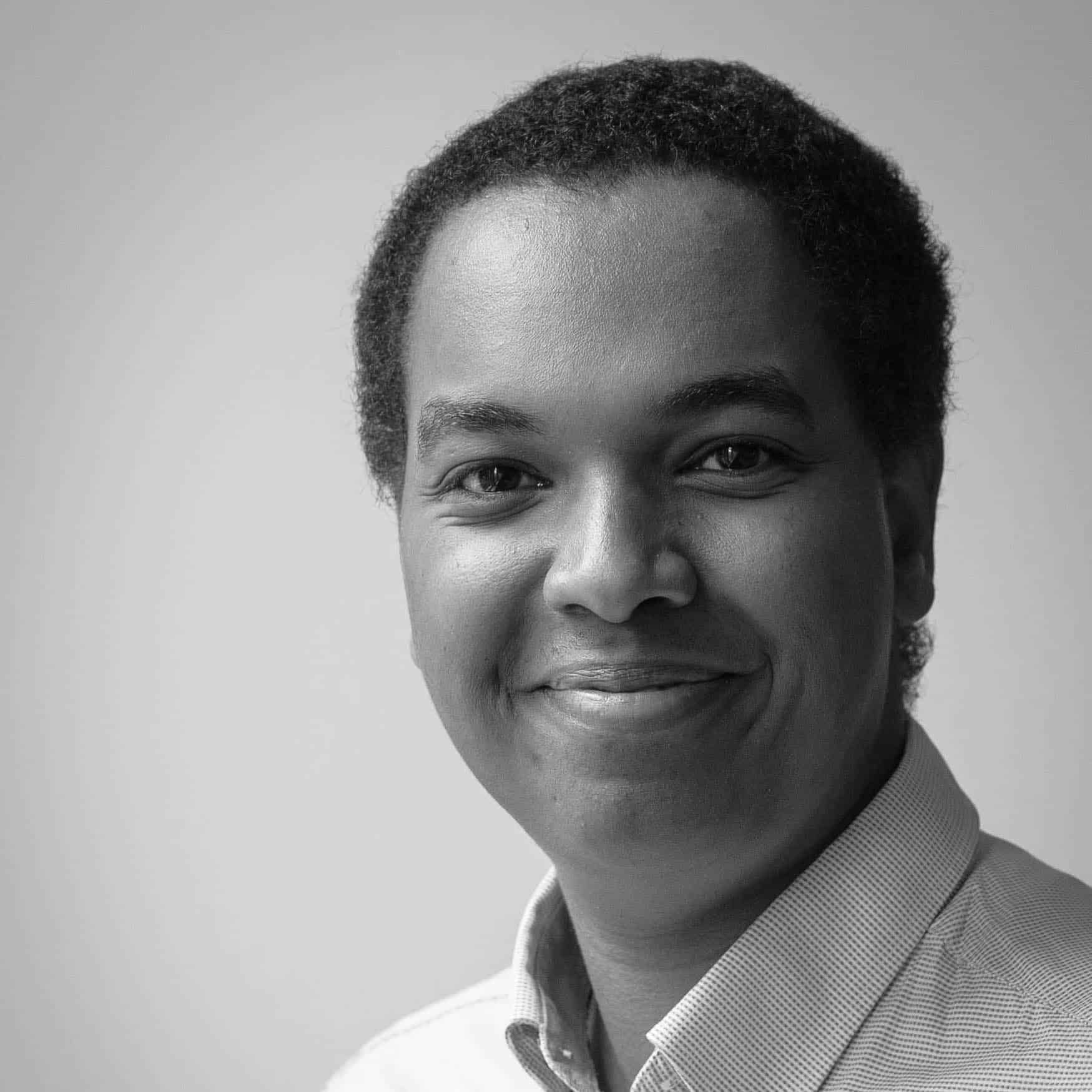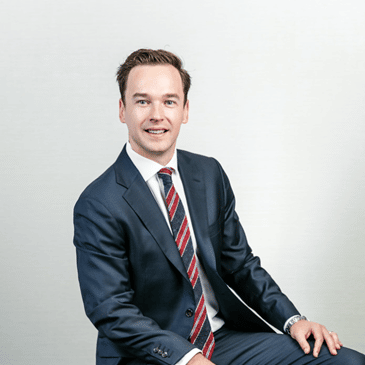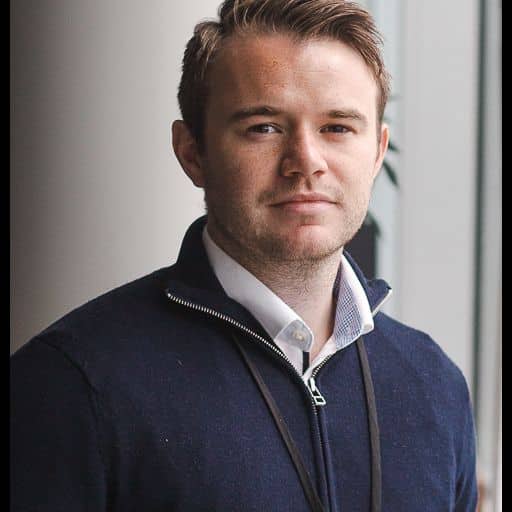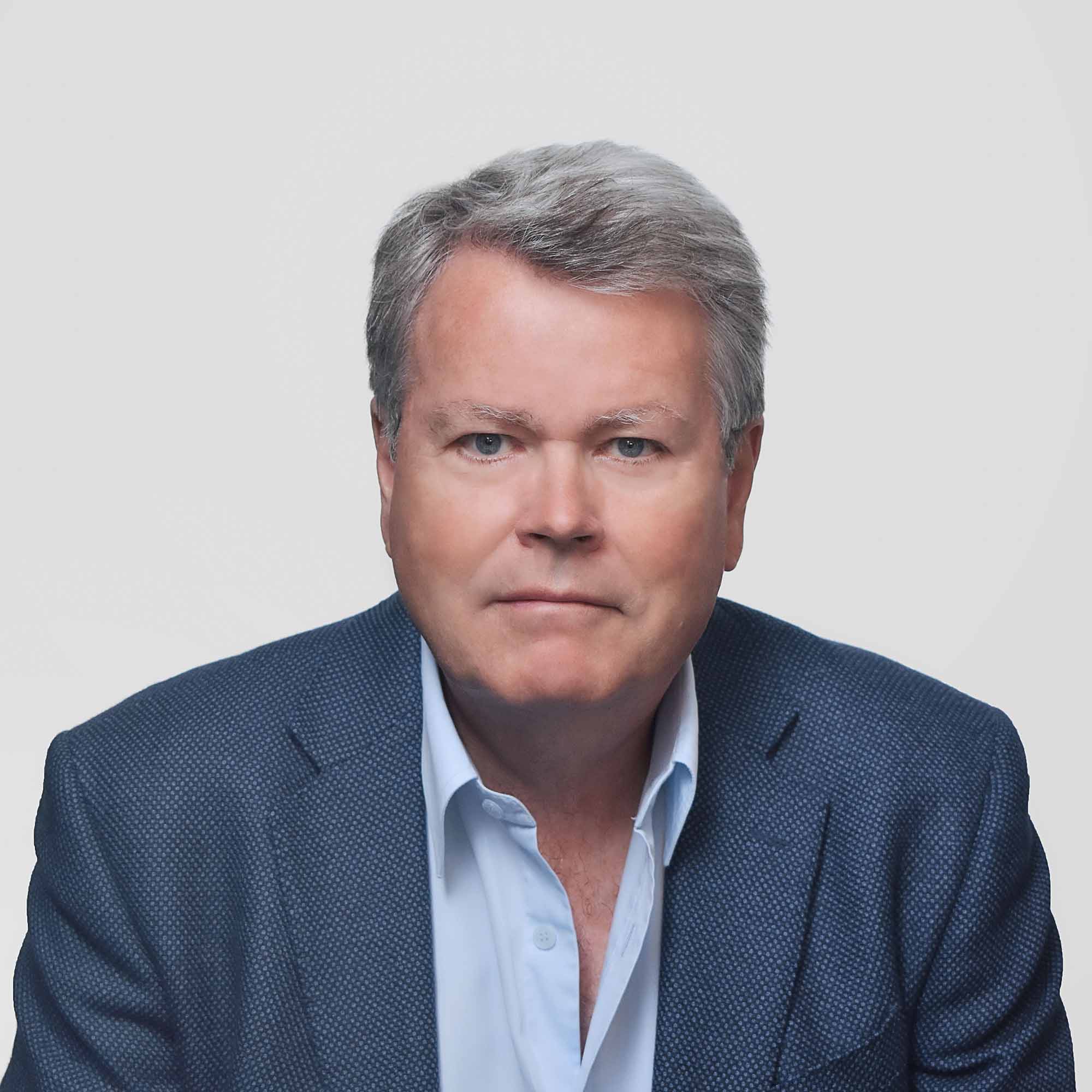Another busy week in the offshore drilling market is almost behind us, with new commitments confirmed for Odfjell Drilling and Borr Drilling rigs, and new tender opportunities emerging in Africa.
In case you missed it, you can access our previous Rig Market Roundup here.
Contracts
Equinor has exercised an option to extend the use of Odfjell Drilling’s 10,000-ft Deepsea Aberdeen for a batch of eight wells on the Norwegian Continental Shelf. With this, Odfjell Drilling’s owned fleet of four semisubs has a firm backlog until at least mid-2026. The semisubmersible has been on a continuous contract with Equinor since 2022. The latest extension follows the one from November 2023 when Equinor exercised options for seven wells on the Breidablikk field off Norway. The options exercised now are planned to start in Q4 2025 in direct continuation of the current firm period and extend the firm backlog on the Deepsea Aberdeen to Q3 2026. The options have a value of approximately $121 million, excluding integrated services, annual cost escalations, performance and fuel incentives. The contract maintains further optional periods which, if exercised, could keep the Deepsea Aberdeen contracted to 2029. Such optional periods consist of three optional periods of eight wells each, or approximately three times one-year. The rates for all such optional periods are to be mutually agreed prior to exercising. Three of these owned rigs, including Deepsea Aberdeen, are scheduled for SPSs within the next 12 months. As previously reported, the 10,000-ft Deepsea Atlantic is expected to begin its yard stay in early summer 2024, while the Deepsea Aberdeen SPS is scheduled for Q4 2024. Currently, the 10,000-ft Deepsea Stavanger is expected to begin its SPS in Q1/Q2 2025.
Borr Drilling has confirmed new work for its 400-ft jackup Prospector 1 in the UK and the Netherlands, which will keep the rig busy into early 2025. This follows an announcement from April 2024 about securing multiple contracts for the rig in the North Sea, totalling 250 days of backlog. The first contract is with ONE-Dyas. It started in late March 2024, following the completion of a contract with Neptune Energy, and is expected to last through October 2024. The rig is operating with an option to extend. In addition, following a letter of award from an undisclosed customer in the Netherlands, the contract has now been confirmed to run from November 2024 to January 2025.
Borr Drilling has secured a contract extension for the 400-ft jackup Norve with BW Energy offshore Gabon from August to mid-October 2024, throwing the timing of a previously announced contract with Tower Resources offshore Cameroon in doubt. The rig has also secured a contract with an undisclosed operator in Africa for around 120 days, starting in February 2025. In December 2023, Tower Resources contracted Norve to drill the NJOM-3 well on the Thali licence offshore Cameroon, with the expectation that the well would be spudded by Q3 2024. With Norve now remaining with BW Energy into October 2024, Tower Resources has stated that it still intends to drill the NJOM-3 well with Borr this year and is now working with Borr on the timing. Borr Drilling has now announced a new contract for Norve in Africa with an undisclosed client. This term is set for around 120 days, running from February to May 2025.
Following its April 2024 announcement of a binding letter of award (LOA) for a 480-day campaign for one of its jackups, Borr Drilling has confirmed that this work will take place in Africa and that it has also secured a binding LOA for a term of around 180 days with another jackup in Africa. Borr Drilling has not disclosed the operator or country for either of these LOAs, or the specific rig to which they will be assigned. Speaking during the company’s first quarter earnings call, Borr Drilling said that these units had been contracted at leading-edge rates and stated that it had recently secured a clean dayrate exceeding $200,000. The newly-announced LOA is for 180 days of work in Africa commencing in October 2024. As announced in early April, the company has an LOA for around 480 days of work, commencing around the fourth quarter of 2024 or the first quarter of 2025 and keeping the rig busy into the first half of 2026. Borr stated that this work is in Africa. Market sources have indicated that this contract will take place in North Africa. Borr noted during the company’s quarterly call that newbuild 400-ft jackup Vali is expected to be delivered from the shipyard by the end of 2024 and will immediately join its operational fleet to cover the newly contracted workscope. The jackup Vali is projected to be delivered from Keppel FELS in Singapore around October 2024. The company also said that they expect the 400-ft jackup Arabia I, which recently had its contract with Saudi Aramco suspended, to be re-contracted outside the Middle East by the end of the third quarter of 2024.
Drilling Activity and Discoveries
Malaysian oil and gas company Hibiscus Petroleum has shared the preliminary size estimate of the recently discovered Bunga Aster-1 well. The company plans to drill an appraisal well in 2025 to confirm the full extent of the discovery located in the Malaysia-Vietnam PM3 Commercial Arrangement Area (CAA) PSC. As previously reported, Hibiscus completed the drilling of the Bunga Aster-1 exploration well in late April 2024 using the 400-ft PV Drilling III jackup rig. The Bunga Aster-1 well encountered 17.5 metres of oil-bearing sandstone with up to 46 metres of potential oil column. First oil from the well, located near the Bunga Orkid-D platform, was achieved on 4 May 2024. The Bunga Aster-1 well produced at an initial gross oil rate of 2,989 bbl/day but was subsequently reduced to 2,100 bbl/day for reservoir management purposes. Preliminary estimates indicate an initial gross oil in-place volume of between 21 MMbbl to 84 MMbbl. An appraisal well is planned in 2025 to confirm the full extent of the oil accumulation at the Bunga Aster field, Hibiscus said. The company added that the Bunga Aster discovery would extend the economic life of the PM3 CAA area. Hibiscus plans to continue exploring other near-field prospects in the PM3 CAA PSC over the next three years. The company has been using the PV Drilling III jackup for its wells in Malaysia and PM3 CAA PSC since December 2021. The rig currently has a contract with Hibiscus running until October 2024.
BW Energy announced a ‘substantial’ oil discovery in the Dussafu licence offshore Gabon on Monday. The discovery was made while drilling the DHIBM-7P pilot well to appraise the northern flank of the Hibiscus field. The company plans to complete the well as a production well later in 2024. Using Borr Drilling’s 400-ft jackup rig Norve, the DHIBM-7P pilot well was drilled to a total depth of 3,941 meters (12,930 feet). The target area is located approximately 1.5 kilometers north-northwest of the MaBoMo production facility. Evaluation of logging data, sample examination, and formation pressure measurements confirmed approximately 24 meters (70 feet) of pay in an overall hydrocarbon column of 37 meters (121,4 feet). Notably, the hydrocarbon column extends across the boundary between the Gamba and the underlying Dentale formation. This marks the first instance of a common Gamba-Dentale hydrocarbon accumulation in the Hibiscus Field. According to BW Energy, preliminary evaluation indicates a “notable increase” in both the volume of oil in place and gross recoverable reserves. The next operation will be to place a production well (DHBSM-2H) in the northern flank of the Hibiscus South field, which was recently successfully appraised.
Oil company Perenco has announced that its subsidiary, MIOC, has made the first offshore exploration discovery in the Democratic Republic of Congo in almost thirty years. The discovery was made at the Moke-East well, located between the Lukami and Motoba fields in the DRC coastal basin. According to Perenco, the well encountered a 24-foot net oil-bearing column. The discovery will be tested, and the well will be completed in the coming weeks. MIOC used the 250-ft Nuada jackup rig to drill the Moke-East well. Additionally, MIOC reported that the second exploration well, LUKS-A, targeting a southern extension of the Pinda formation, has been plugged and abandoned due to insufficient hydrocarbon potential. The rig has since moved to the GCO field, where it has begun drilling the first of twelve planned wells as part of MIOC’s development drilling campaign.
Following the consideration of appeals, South Africa’s Department of Forestry, Fisheries and the Environment (DFEE) has confirmed the Environmental Authorisation for TotalEnergies to conduct exploration drilling on Block Deep Water Orange Basin (DWOB) off the west coast of South Africa. The Environmental Authorisation was originally granted on 23 October 2023. Eight compliant appeals were received during the appeal period. DFEE has amended conditions for the authorization to require that drilling stops in the event that an archaeological site or shipwreck is revealed during the pre-drilling seabed survey. A new condition has also been included that requires the applicant to appoint a liaison officer to keep communities informed of activities at regular intervals. TotalEnergies is planning to drill an exploration well on Block DWOB using a semisubmersible or drillship. In previously filed environmental impact reports, a commencement date was not confirmed but the first well could begin in 2024. TotalEnergies’ project could include up to 10 exploration / appraisal wells with the most probably prospects in water depths of 3,280 to 9,83 ft (1,000 to 3,000 m). Drilling an exploration well is estimated to take up to three months, with an appraisal well up to four months, followed by up to 15 days for plugging and abandonment. TotalEnergies currently has six floating rigs under contract in West Africa, with units active in Angola, Congo and Nigeria at this time.
Equinor has made an oil discovery in well 25/11-H-1 H at the Svalin field in the North Sea off Norway. Svalin is a field in the central part of the North Sea, six kilometres southwest of the Grane field. The water depth in the area is 120 metres. It is located in production licence 169, operated by Equinor, with Petoro and Vår Energi as partners. The Svalin field was proven in 1992 and has been in production since 2014. The discovery was made in a development well with the 10,000-ft Deepsea Aberdeen semisub. The rig has recently secured more work with Equinor. Preliminary calculations show between 0 and 0.1 million standard cubic metres of recoverable oil equivalent, which is the equivalent of between 0 and 0.6 million barrels. The licensees will consider whether the discovery is sufficiently profitable for production. Development well 25/11-H-1 H encountered oil in thin sandstone layers (< 3 m) with very good reservoir quality in the Balder Formation, which is part of the Rogaland Group. The oil in the Balder Formation is presumed to be in pressure communication with surrounding reservoir sands in the Heimdal Formation on the Svalin C structure. The oil/water contact was not encountered.
The Norwegian Offshore Directorate (NOD) has granted Aker BP a drilling permit for an exploration well in the North Sea off Norway. The well 34/6-7 S is targeting the prospect named Kaldafjell. It is located in production licence 932 with Aker BP as the operator and Equinor and Vår Energi as partners. The water depth at the site is 403 meters. It is expected to be drilled in the third quarter of 2024 with Odfjell Drilling’s 6,560-ft semisubmersible Deepsea Nordkapp, which is under a long-term contract with the operator. The Norwegian Ocean Industry Authority (Havtil) has also already given Aker BP consent to drill the well.
The Norwegian Ocean Industry Authority (Havtil) has given Equinor consent for exploration drilling in block 35/10 in the North Sea off Norway. The well 35/10-14 S, targeting Kvernbit/Mimung, is located in production licence 1185 with Equinor as the operator and Vår Energi, Sval Energi, and Aker BP as partners. The consent includes an option for drilling a sidetrack (35/10-14 A). The water depth at the site is 376 meters. The well will be drilled with Odfjell Drilling’s 10,000-ft semisub Deepsea Stavanger. Equinor has already secured a drilling permit from the Norwegian Offshore Directorate (NOD) to drill this well. The rig is currently under contract with Equinor and is scheduled for SPS in Q1/Q2 2025 after which it will start a long-term contract with Aker BP.
Energean plans to spud the Anchois appraisal well offshore Morocco in August 2024. The well is to be drilled with Stena Drilling 10,000-ft drillship Stena Forth. Energean recently completed its farm-in to licences offshore Morocco, taking over operatorship from Chariot Limited. Energean now holds a 45% interest in the Lixus licence and a 37.5% interest in Rissana. The company contracted Stena Forth for the upcoming appraisal well in April 2024. Stena Forth has recently been working for Shell offshore Egypt.
Demand
The FEED study for the TotalEnergies-operated Preowei development on OML 130 offshore Nigeria is expected to be completed in the third quarter of 2024, with a final investment decision (FID) taken in the fourth quarter of 2024, according to partner Africa Oil Corp. First oil production is expected in 2027. TotalEnergies secured a 20-year renewal of OML 130 offshore Nigeria in May 2023. The Preowei FEED study recommenced after this renewal. The Preowei oil discovery was made in 2003 and under a field development plan approved by the Nigeria government in 2019, is being considered as a satellite tie-back to the Egina FPSO. TotalEnergies is currently carrying out an infill drilling campaign at the Akpo and Egina fields on OML 130 with Noble 12,000-ft drillship Noble Gerry de Souza. TotalEnergies extended the contract for Noble Gerry de Souza by around nine months earlier in the year, with the rig planned to drill another five wells during this time period. A further option could keep the unit working offshore Nigeria into mid-2025.
Chevron has released a tender opportunity for a deepwater rig with an ROV unit to work at the Agbami unit (OML 127/128). The contract is proposed to span a period of two years with a possible optional term of one year. Chevron is looking for a deepwater rig with DP3 capabilities, an operating water depth of 10,000 ft, well depth rating of 30,000 ft, and a variable deck load capacity of 20,000 tonnes. Ancillary services provided are to include an ROV with 10,000-ft water depth capacity. Market sources have indicated that the work with Chevron could begin in the first quarter of 2026.
TotalEnergies has released a tender opportunity to a jackup to work offshore Nigeria, beginning in the first quarter of 2025. The jackup will be used to drill deviated and horizontal wells and exploration wells and perform workovers, well re-entries. Starting in the first quarter of 2025, the contract duration is for four short cycle project wells and six development wells at Ntokon on OML102. This term has an estimated duration of 20 months plus an optional extension period for four wells with an estimated duration of eight months. The required jackup must be built no earlier than 2000 and be capable of operating in water depths of five to 100 meters (328 ft) with a variable deck load of 5,000 metric tonnes.
Mobilisation/Rig Moves
The Aban Offshore-owned 250-ft jackup Aban II is being towed to Mumbai Anchorage in India. The Aban II rig completed its previous campaign with ONGC in India in May 2024. The unit is en route to Mumbai anchorage, located on the West Coast of India. It will stay idle until the end of the monsoon season, waiting for its new drilling campaign. The rig is being towed by support vessels Greatship Anjali and SCI Urja. Aban II is a Bethlehem JU-250-MS design unit outfitted for operations in water depths of up to 250 ft and capable of drilling wells up to 20,000 ft.
Dolphin Drilling’s 1,500-ft semisub Borgland Dolphin is en route to Las Palmas, where it will undergo reactivation and special periodic survey (SPS) ahead of a contract in the UK North Sea scheduled for Q2 2025. The semisub had been smart stacked in Norway for the last couple of years. Over the last couple of months, Dolphin had been preparing for the transit with activities including planning and negotiation with the yard; planning and ordering BOP long lead items; planning for drilling equipment overhaul; planning and (recertification) of lifeboats; and, personnel/operation-related activities surrounding transit. It will cost around $1.5 million to get the rig from Norway to Las Palmas and the total SPS budget is $20 million. The rig has now mobilised and is expected to arrive in Las Palmas on 8 June 2024. Once there, it will undergo reactivation, upgrades, and renewal of class certificates in preparation for a new contract with EnQuest, which was fixed in November 2023 and is scheduled to begin in April 2025. EnQuest also has an option to extend for a significant additional work scope as part of a five-year strategic alliance with Dolphin. Late last year, the rig also secured a Letter of Intent with an undisclosed operator for a 500-day drilling campaign in the UK, planned to begin directly after the firm part of the contract period with EnQuest.
The 400-ft jackup Admarine 502, owned by Advanced Drilling Services (ADES), is being towed to Bahrain’s Arab Shipbuilding and Repair Yard Company (ASRY). The rig will perform class recertifications and contract preparations before departing for Thailand. The firm term of the contract is 18 months, with a 9-month extension option. It is expected to start in the second half of 2024. Admarine 502 is a KFELS B Class rig that operates in water depths of 400 ft.
The COSL-owned 300-ft jackup HAIYANGSHIYOU 936 and the COSL-managed 375-ft jackup SinoOcean Wisdom arrived at Ras Tanura anchorage in Saudi Arabia following the suspension of their contracts with Saudi Aramco. On 3 April 2024, COSL announced the suspension of four of its jackups for a period of up to 12 months. It is understood that HAIYANGSHIYOU 936 and SinoOcean Wisdom are two of Aramco’s four suspended rigs. COSL also had the 400-ft rig Zhenhai 6 in Ras Tanura, which was recently moved to Zamil Shipyard in Saudi Arabia. During the suspension period, COSL will proactively seek suitable market opportunities simultaneously. COSL had nine units working for Saudi Aramco before the suspension.
ExxonMobil has moved the 10,000-ft drillship Stena DrillMAX to EL 1169 in the Orphan Basin offshore Newfoundland, Canada to begin drilling the Persephone C-54 exploration well in around 9,842 ft (3,000 m) of water. The rig was on location and preparing to spud the well as of 19 May 2024. The Stena DrillMAX left Guyana for Canada in late April 2024.
Valaris-owned 350-ft jackup Valaris 143 is being towed to Hamriyah Shipyard in Sharjah, UAE. Following the suspension of its contract with Saudi Aramco in early April 2024, the rig was towed to Ras Tanura anchorage in Saudi Arabia early this month. Currently, the rig is being towed by offshore support vessels Allianz Warlock and Rawabi 39 to a shipyard in Hamriyah, Sharjah, where it is expected to remain idle until it gets a new contract. Valaris is currently pursuing opportunities for the LeTourneau Super 116E EXL unit, including drilling jobs outside Saudi Arabia and the Middle East.
Arabian Drilling-managed 400-ft jackup ArabDrill 70 has arrived at Ras Tanura anchorage in Saudi Arabia. In April 2024, Arabian Drilling announced the suspension of three of its jackups for up to 12 months. Recently, the company stated that they were expecting these suspensions to take effect in late Q2 2024. It is understood that ArabDrill 70 is one of the three rigs suspended by Aramco. Arabian Drilling CEO, Ghassan Mirdad, stated that the company is actively exploring opportunities to redeploy the suspended rigs with other clients. The company has eight jackups currently under contract to Saudi Aramco: the 250-ft ArabDrill 17, and the 400-ft ArabDrill 50, ArabDrill 60, ArabDrill 110, ArabDrill 120, ArabDrill 130, ArabDrill 140, and ArabDrill 150.
Other News
Brazilian regulatory agency Agência Nacional do Petróleo, Gás Natural e Biocombustíveis (ANP) has approved geological studies relating to four offshore exploratory blocks in the pre-salt area of the Santos Basin and has forwarded the blocks to the Ministry of Mines and Energy for evaluation of possible inclusion in future bidding rounds. The four blocks are Rhodochrosite, Cerussite, Aragonite and Malachite. Studies were carried out over a total area of 13,000 sq km, and according to the ANP, point to the existence of conditions for technically and financially viable projects. The Ministry of Mines and Energy will make the decision on whether to propose to the National Energy Policy Council the definition of the blocks that may be subject to production sharing bidding rounds.
Serica Energy has received final approval from the UK’s North Sea Transition Authority (NSTA) to develop the 100% owned and operated Belinda field located in the UK North Sea. This follows a final investment decision (FID) on the Belinda development, located in licence P1792, in late April 2024. The field will be tied back to the Triton FPSO following the drilling of the development well, which is scheduled to take place in the first half of 2025. The Belinda well is the 5th well in Serica’s Triton area drilling campaign, which started in April, using the 2,460-ft semisubmersible COSLInnovator. All these wells are designed to enhance production via the Triton FPSO. Proven and probable reserves in the Belinda field are estimated at about 5 million barrels of oil equivalent (80% oil). Production is scheduled to begin in 1Q 2026 following the tie-back work to the Triton FPSO. Serica has further potential projects in its portfolio which it continues to assess, including the possible re-development of the Kyle field. Like Belinda, this field could be another low emissions tie-back candidate to the Triton FPSO. “We look to the UK government to implement tax and licensing arrangements that support investments like Belinda, thereby creating UK jobs, earnings and tax receipts instead of increasing reliance on energy imports,” David Latin, Chairman and Interim CEO of Serica, stated.
TotalEnergies has announced the Final Investment Decision (FID) of the Block 20/11 development offshore Angola. The Kaminho project consists of developing the Cameia and Golfinho fields located 100 km off the coast of Angola, at around 1,700 metres of water depth, in the Kwanza basin. This is the first large deepwater development in the basin and will comprise an FPSO unit, which will be connected to a subsea production network.
Nigerian courts have directed that an existing interim injunction to maintain status quo continue in force pending orders by the arbitrator in the disagreement between Dolphin Drilling and General Hydrocarbons Limited (GHL) regarding the drilling contract for the 6,000-ft semisubmersible Blackford Dolphin. Dolphin and GHL have both asked for arbitration regarding the termination of the drilling contract for Blackford Dolphin. Dolphin issued a notice of termination for the contract in April 2024 citing issues with payments and seeking recovery of sums remaining due. GHL is disputing the termination and applying for an interim injunction seeking to maintain status quo. A mutually acceptable sole arbitrator was appointed on 15 May 2024. Dolphin stated that it will be making submissions for consideration by the arbitrator seeking the discharge of the interim injunction. In a new development, business conglomerate Technova Africa International Limited has obtained an ex parte order of arrestment against the Blackford Dolphin. Dolphin stated that it is reviewing court proceedings and considers the claims to be without merit and will contest the court proceedings and the order. Data from maritime analytics provider MarineTraffic shows that the Blackford Dolphin is currently in Nigerian waters. The rig has a 14-month contract with Oil India scheduled to commence in the third quarter of 2024.
Criterium Energy has signed a binding sale and purchase agreement (SPA) for the divetment of its 42.5% non-operated working interest in the Bulu Production Sharing Contract, offshore Indonesia. Criterium Energy will sell a subsidiary which holds the Bulu PSC stake for $7,750,000 in total in a transaction which is expected to close on or before 31 August 2024, subject to certain conditions, including the purchaser’s ability to secure the necessary financing. The Bulu PSC is located 65 km offshore East Java in water depths of approximately 50 meters (164 feet), and contains the undeveloped Lengo gas field. Criterium Energy acquired the 42.5% stake in the Bulu PSC in December 2022, with the remaining 57.5% participating interest in the Bulu PSC held between Kris Energy (Satria) 42.5% and two local partners, Satria Energindo 10% and Satria Wijaya Kusuma 5%. Criterium Energy said at the time that the Bulu PSC contained the fully appraised Lengo Gas Field which had tested 20.6 MMscf/d from the Kujung Carbonate Formation, and that the first gas from the field was anticipated in 2026-2027. The plan of development was submitted and approved in 2014 and consisted of an initial 4 well development with a pipeline delivering produced gas to the Tuban area in East Java. Worth noting, in February 2023, the company announced an independent gross un-risked 2C recoverable gas resource in the Lengo gas field was estimated to 359 bcf. It said at the time that it was, with its JV partners, addressing select elements of the approved development plan to accelerate first gas and reduce upfront capital costs, with a targeted FID date in 2Q 2024.
Brazilian independent oil companies 3R Petroleum and Enauta have reached an agreement to merge, and create one independent company operating in Latin America. As stated by the two companies, the transaction will cost around R$40 million (close to $7.83 million). This amount primarily covers the costs of appraisals, legal and other advisory services for the merger of Enauta shares, publications, and other related expenses. After the transaction is completed (which is subject to approval by the Brazilian government), 3R will hold a 53% interest and Enauta the remaining 47%.
ADNOC has agreed to acquire Galp’s 10% interest in the Area 4 concession of the Rovuma basin off Mozambique. Completion of the transaction is expected in 2024. Area 4 is operated by Mozambique Rovuma Venture S.p.A., an incorporated joint venture owned by Eni, ExxonMobil, and CNPC, which holds a 70% interest in the Area 4 exploration and production concession contract. KOGAS and Empresa Nacional de Hidrocarbonetos E.P. also each hold 10% interest. The Area 4 concession includes the operational Coral South Floating LNG (FLNG) facility, the planned Coral North FLNG development and the planned Rovuma LNG onshore facilities. These planned developments are expected to be sanctioned in 2024 or 2025. Upon completion, Galp will receive around $650 million for its shares and shareholder loans. Additional contingent payments of $100 million and $400 million will be payable with the final investment decisions on Coral North and Rovuma LNG, respectively.
Orcadian Energy has agreed to a non-binding Heads of Agreement (HoA) with a potential farm-in partner on its recently awarded Southern North Sea licence. The SNS licence, awarded as part of the UK’s recent 33rd oil and gas licencing round, contains the Earlham discovery. The discovery has a P50 contingent resource of 114 bcf of sales gas, a potential redevelopment project to blow down the now decommissioned Orwell gas field, which Orcadian believes can deliver over 30 bcf of gas. It also contains the Clover prospect with a P50 prospective resource of 153 bcf of gas. The unnamed partner will acquire an interest in all, or part of, the licence and Orcadian will remain the operator until the assessment phase for the Earlham project is complete at which point the partner is expected to become the operator to prepare the Field Development Plan (FDP) and to deliver the project. On completion of the transaction, the partner will pay Orcadian a, to be agreed, fee and will fund all the Earlham and Orwell development costs, the SNS Licence work programme, and other licence costs until first gas production. A commercial exclusivity period has been granted until 31 December 2024 for both parties to complete definitive documentation. There can be no guarantee that the transaction will complete. Any deal is subject to, amongst other matters, execution of licence documentation, completion of due diligence, negotiation of documentation, and various regulatory consents as well as board approvals of the partner and Orcadian. In connection with this, an affiliate of the partner has agreed in principle to loan Orcadian $1.4m for a period of up to two years. This is intended to be settled from the completion payment due under the proposed farm-in arrangement. There would be no fees or interest payable in the event that the farm-in deal completes. In the event that the farm-in deal does not complete, interest will be payable at a rate of 6% and Orcadian will provide the partner with a security over its 18.75% interest in the Pilot field.
Borr Drilling’s net income nearly halved in the first quarter of 2024 compared to the last quarter of 2023, despite an increase in revenues. However, this year’s first quarter represents a return to profit when compared to the same period of 2023. Total operating revenues in the first quarter of 2024 were $234 million, an increase of 6% compared to Q4 2023, and an increase of about 36% compared to Q1 2023. Total operating revenues consisted of $198.3 million in dayrate revenues, $24.4 million in related party revenue, and $11.3 million in bareboat charter revenue. Dayrate revenues increased by $13.5 million primarily due to an increase in the number of operating days for the 400-ft jackups Gerd and Hild, which started contracts in Q4 2023. The company’s net income in Q1 2024 was $14.4 million. This compares to the net income of $28.4 million in Q4 2023 and a net loss of $7.4 million in Q1 2023. Borr Drilling CEO, Patrick Schorn, commented: “On the contracting front, we continue to deliver strong results, securing $318 million in revenue backlog year to date, translating to an average dayrate of approximately $183,000. Notably, in the second quarter, we achieved our first-ever contract exceeding $200,000 per day on a clean dayrate basis.” Schorn described this as a positive confirmation of a well-balanced market despite the recent developments in Saudi Arabia.
Afentra has completed the acquisition of a 12% non-operating interest in Block 3/05 and a 16% non-operating interest in Block 3/05A offshore Angola. The deal, initially agreed upon in July 2023 with Azule Energy Angola Production—a joint venture between Eni and BP—now increases Afentra’s total stake in Block 3/05 to 30% and in Block 3/05A to 21.33%. Sonangol is the operator of the two blocks. The sale and purchase agreement originally included a firm consideration of $48.5 million and deferred contingent payments amounting up to $36 million, linked to oil price, production thresholds and development conditions. Afentra said that the payable cash consideration at completion of the Azule transaction was $28.4 million, a reduction from the initial $48.5 million due to cash flow adjustments as of the transaction effective date of 1 October 2022. Combined gross production for the first four months of 2024 ending 30 April 2024 for Blocks 3/05 and 3/05A has averaged ~23,000 bopd gross. Afentra said that the Light Well Intervention programme, started by the joint venture during 2023, continued into 2024 with a further 45 interventions planned over two campaigns.
Malaysia-based Velesto’s drilling services business recorded an increase in profit before tax and revenue for the quarter that ended 31 March 2024, driven by higher rig utilisation and dayrates. The drilling segment’s revenue was RM270.4 million ($57.62 million), RM86.0 million (cca $18.33 million) higher than the RM184.4 million (cca $39.3 million) reported in the corresponding quarter of 2023. Velesto attributed this growth to higher jackup rig utilisation of 94% (compared to 90% in the same quarter last year) and average daily charter rates of $107,000 per day (compared to $86,000 per day last year). The drilling segment registered a profit before tax of RM77.8 million (cca $16.6 million), an increase of RM52.5 million (cca $11.2 million) compared to the RM25.3 million (cca $5.4 million) profit before tax in the same quarter of 2023, primarily due to higher revenue. Currently, all six of Velesto’s jackup drilling rigs are contracted. The 350-ft Naga 2, the 400-ft Naga 4, and the 375-ft Naga 6 have contracts until Q1 2026, and the 400-ft Naga 8 is contracted until Q4 2025. Meanwhile, the 350-ft Naga 3 is contracted until Q4 2024 (inclusive of options), and the 400-ft Naga 5 until Q3 2024. Velesto said it was actively bidding for new local and international tenders for activities in 2024 and up to 2026 and beyond. The Malaysian offshore drilling company is also monitoring the situation in the Middle East regarding Aramco’s recent jackup rig suspensions for its future bidding strategy, especially for mid-2026 onwards. Also, at least three of Velesto’s rigs, namely Naga 2, Naga 5, and Naga 6, are expected to start their 5-yearly Special Periodical Surveys in Q2 2024, Q3 2024, and Q4 2024, respectively.
The UK’s North Sea Transition Authority (NSTA) ran a call for evidence on the potential principles, design, and timing of a possible future levy on UK carbon storage licences. The call for evidence was open between 4 December 2023 and 26 January 2024, and sought views and feedback in relation to: the general concept of a carbon storage levy; principles informing a potential carbon storage levy; potential carbon storage levy design approaches; and timing of potential levy implementation. The NSTA received nine responses to the call for evidence from Athena Exploration, bp, Carbon Capture and Storage Association (CCSA), Mineral Products Association (MPA), OEUK, Scottish Government, Spirit Energy, Subsurface Taskforce, and Summit Energy Evolution Ltd (SEEL). The vast majority of respondents supported the concept of a carbon storage levy, in line with the ‘user pays’ principle. After reviewing the submissions to the call for evidence, the NSTA has published a response, stating that it intends, unless there are major external developments, to introduce a carbon storage levy in the future, once the CCS industry is on a more self-sustaining footing.
Chinese oil company CNOOC Limited has signed petroleum exploration and production concession contracts (EPCCs) with Mozambique’s Ministry of Mineral Resources and Energy (MIREME) and Empresa Nacional de Hidrocarbonetos (ENH) for five offshore blocks in Mozambique. The blocks—S6-A, S6-B, A6-D, A6-E, and A6-G—cover a total area of approximately 29,000 square kilometres, with water depths ranging from 500 metres (1640 feet) to 2,500 metres (8202 metres). The first stage of the exploration period for these blocks will be four years. CNOOC Limited’s subsidiaries will operate and independently own the operating interests in the blocks: S6-A (70%), S6-B (77.5%), A6-D (77.5%), A6-E (80%), and A6-G (79.5%). ENH will hold the remaining non-operating interests: S6-A (30%), S6-B (22.5%), A6-D (22.5%), A6-E (20%), and A6-G (20.5%).
Equinor and the Troll partners have decided to invest just over NOK 12 billion ($1.1 billion) to further develop the gas infrastructure in the Troll West gas province in the North Sea. This will accelerate production from the reservoir and maintain the current high gas export levels from the Troll and Kollsnes leading up to 2030. Stage 2 of the Troll Phase 3 project includes eight new wells from two new templates with subsea controls extended from existing templates. A new gas flowline will be laid as a tie-back to the Troll A platform, and the project will also perform modification work on Troll A. The first wells are scheduled to come on stream at the end of 2026. The new infrastructure will accelerate production from the reservoir equivalent to about 55 billion standard cubic metres of gas. At its peak, the annual contribution from the new development will amount to around 7 billion standard cubic metres of gas. The first stage of gas production from the Troll West gas province started in 2021 and included eight wells and a new pipeline to the Troll A platform, as well as a new inlet module. This part of the project helped extend plateau production by 5-7 years. Stage 2 will further extend plateau production by around four years and reduce the production decline over the next 10-12 years. “We’ve chosen to use solid, familiar suppliers, most of which already have framework agreements with us,” says Geir Tungesvik, Equinor’s executive vice president, Projects, Drilling & Procurement (PDP). As recently reported, Odfjell Drilling and its 10,000-ft semisub Deepsea Aberdeen have been awarded the drilling contract for the eight production wells on the Troll field in connection with TP3 II. The drilling will start in late 2025, or early 2026, and the estimated contract value is around NOK 1.3 billion ($121 million), excluding integrated drilling services, index adjustment, and efficiency and fuel reduction incentives.
Image credit: Dolphin Drilling
